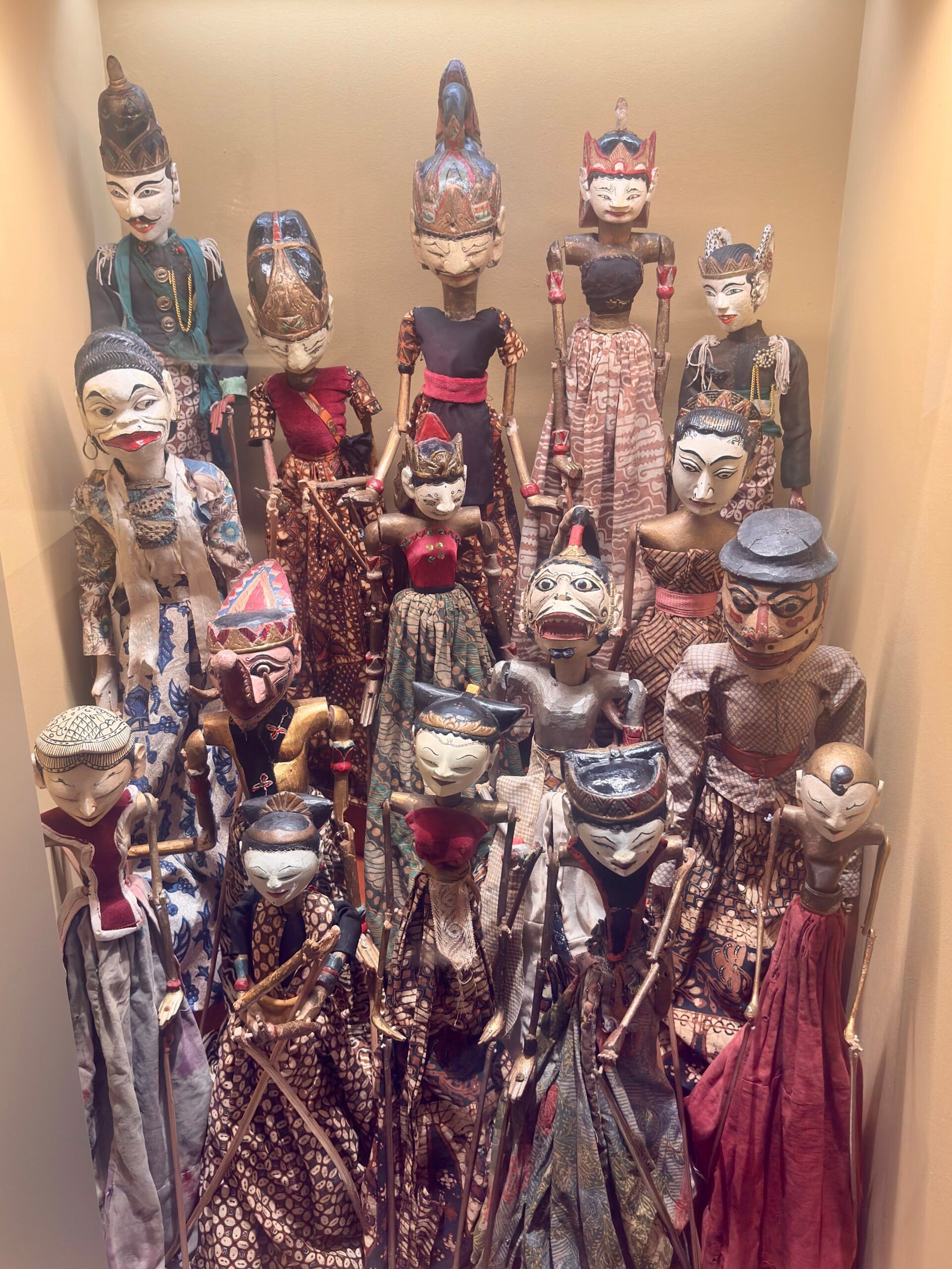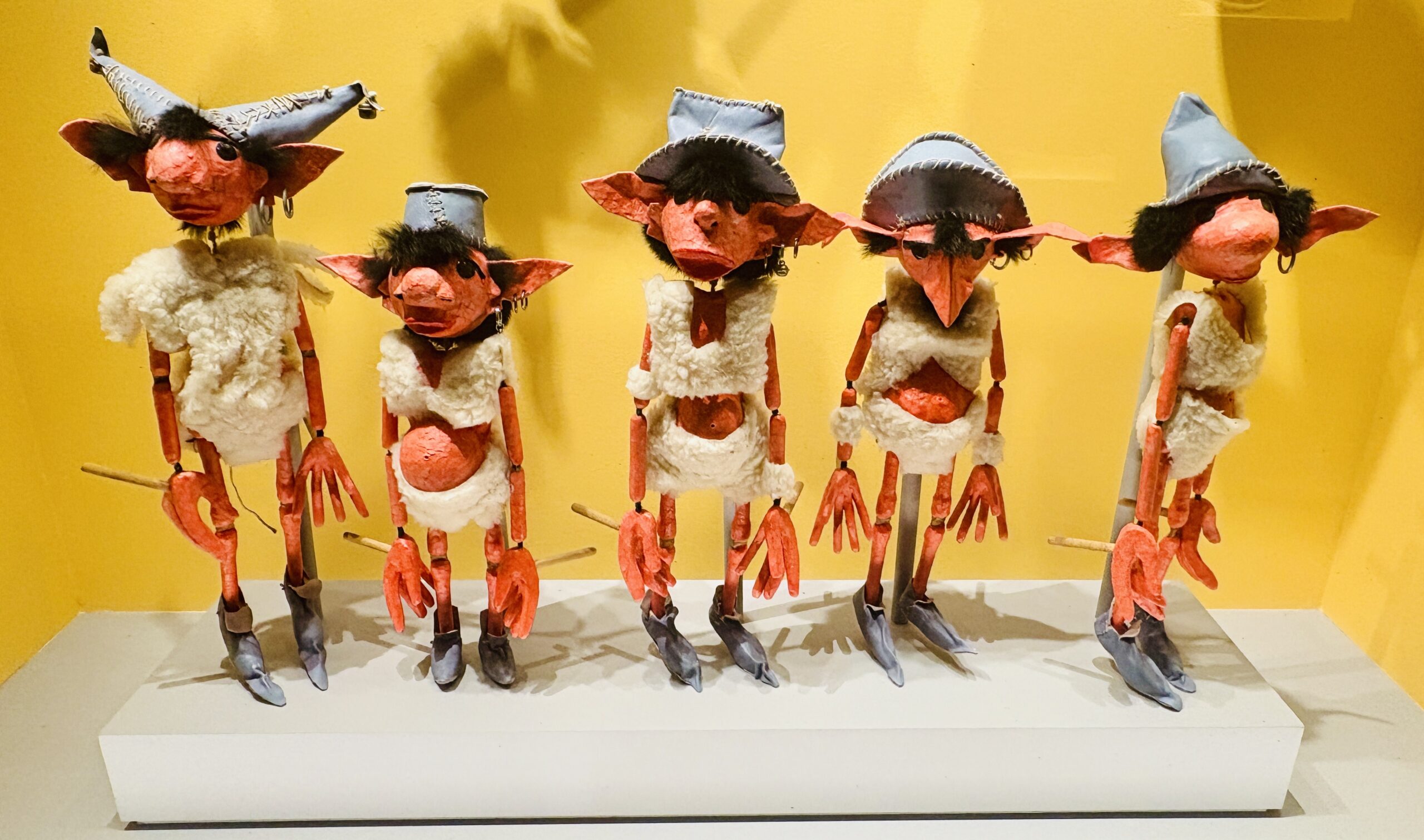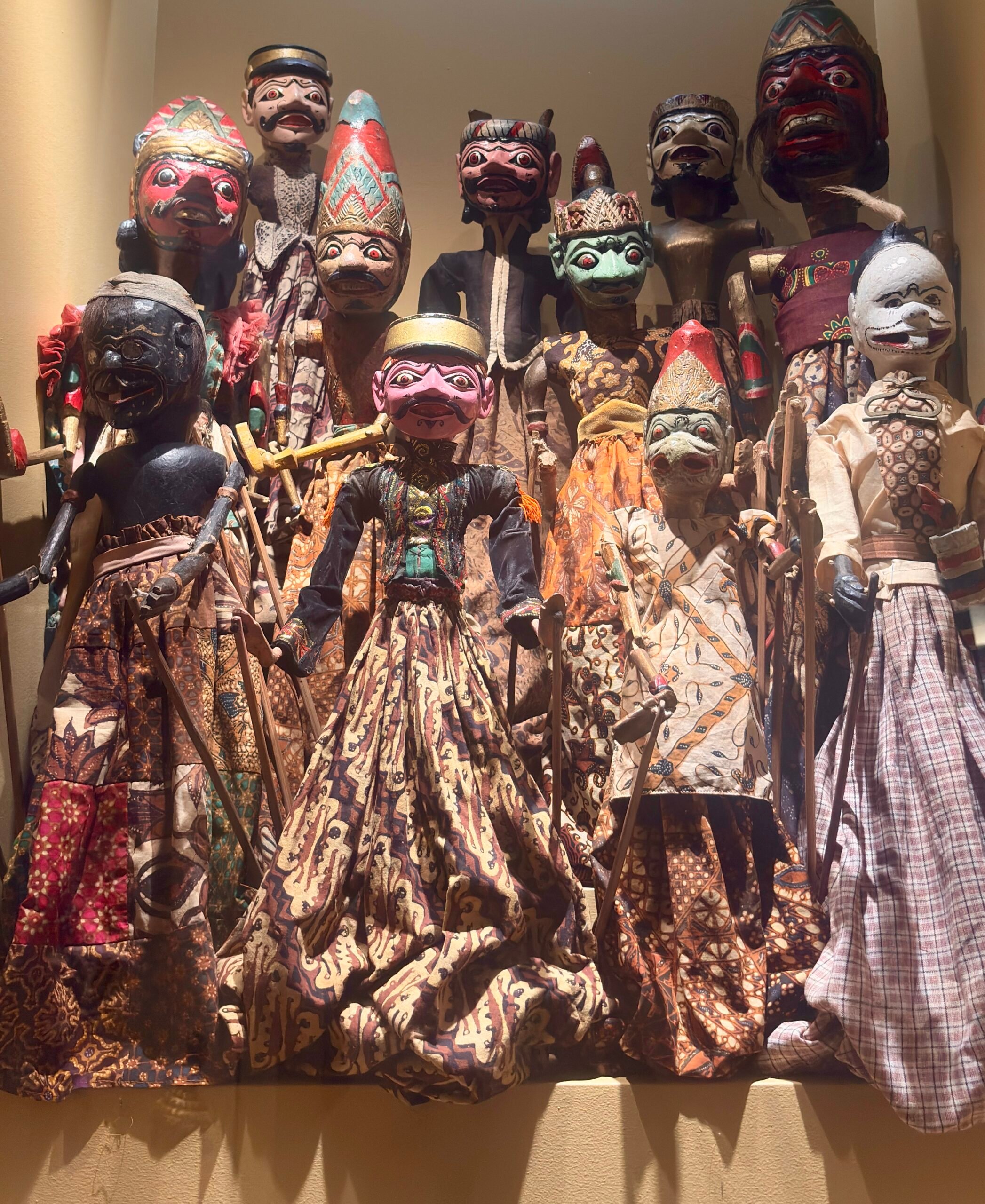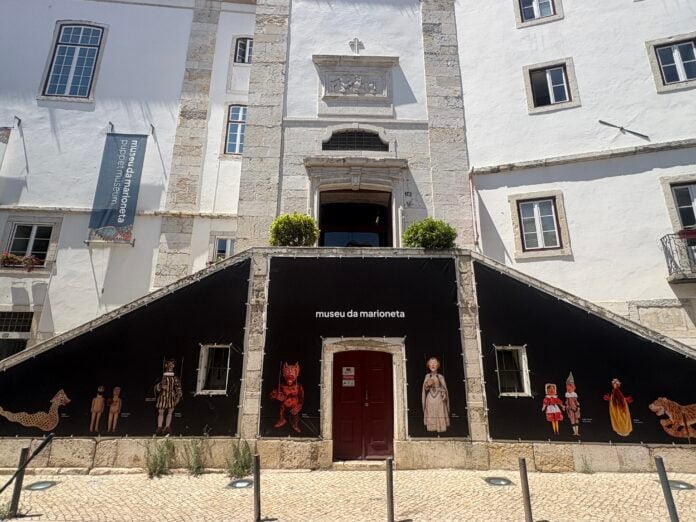Step into a place where storytelling takes center stage, where puppets, masks, and shadows put on a show over the centuries. Located in the 17th-century Convento das Bernardas, the Museu da Marioneta is a treasure trove for anyone curious about the enchanting and intricate world of puppetry.
The museum proudly displays the largest collection of traditional Portuguese puppets in the country, which gives visitors a fascinating look into local theatrical traditions. You’ll be amazed at the sheer variety on display from glove puppets used in traveling fairs to shadow puppets that once narrated classic Western stories and Portuguese folklore. The collection expands far beyond Portugal, too, thanks to the remarkable Francisco Capelo collection, which includes stunning African and Asian puppets and masks.
As you wander through the museum, you’ll discover how puppets have been used in both folk traditions and quite sophisticated theatrical productions. And don’t miss the final room, where you can marvel at the painstaking creative process behind stop-motion animation and even try making your own sequence with a camera. It goes without saying that children are going to love this museum, but anyone young at heart will surely do the same.

History
The museum is housed in the former Convento das Bernardas, a 17th-century monastery founded in 1653 by King João IV for the Order of Saint Bernard. The convent was closed to reclusion just two years later in 1655 but remained active for over a century. Following the 1755 earthquake, the building was damaged and later rebuilt and reoccupied starting in 1786.
With the dissolution of religious orders in 1834, the last three nuns left in 1850, and the space began a varied second life. It served as a school, a cinema, and, most notably, as a residential building. By the late 20th century, nearly 700 people lived there in precarious conditions.
Recognizing the building’s cultural value, Lisbon City Council purchased the property in 1997 and launched a pioneering restoration project. The result was the transformation of a secluded monastic site into a hub of culture and dialogue. In 2001, the Museu da Marioneta officially opened its doors, and even today, 34 families continue to live in adapted former monastic cells on the upper floor.

Architecture
The building itself is a fascinating part of the museum experience. The stairway that leads visitors into the exhibition rooms demonstrates how the architecture was adapted to the natural slope of the terrain. A unique feature of the convent is that the church and cloister are located three stories above street level.
Throughout the museum, you’ll find beautifully restored rooms that once served as the convent’s library, chapter room, and annexes. These historic spaces now house the museum’s diverse collections. By visiting the museum, you get a rare opportunity to explore a 17th-century Lisbon landmark while also discovering the evolution of puppet artistry.
Exhibits and Collections
The Museu da Marioneta is home to Portugal’s largest collection of traditional puppets. You’ll find characters like Dom Roberto, the iconic glove puppet of Portuguese street theater, and a variety of intricately crafted marionettes and rod puppets.
In addition to the national treasures, the museum features an extraordinary international collection, especially from Africa and Asia, donated by Francisco Capelo. Shadow puppets from India, Indonesia, China, Mali, Germany, Austria, and Turkey offer a glimpse into one of the oldest storytelling traditions in the world.
These puppets, which are often made from buffalo or goat skin, are carved, chiseled, and painted with astonishing detail. The puppets perform behind screens illuminated by oil lamps (don’t miss a particularly mesmerizing video performance in the middle of the museum), and their stories range from epic Hindu myths like the Ramayana to slapstick adventures starring Turkey’s famous Karagöz. In China, some puppets are even designed with interchangeable heads to play different characters.
One of the final rooms is a must-see for animation fans. It reveals the intricate process behind stop-motion animation and invites visitors to try making a short stop-motion sequence themselves with a camera provided.

Times and Tickets
The Museu da Marioneta is open from Tuesday to Sunday, 10:00 AM to 6:00 PM. Last entry is at 5:30 PM. It is closed on Mondays and on the following holidays: December 24, 25, and 31, January 1, and May 1.
Ticket Prices
- General admission: €5
- Youths (13–25, non-Lisbon residents): €2.50
- Seniors (>65, non-Lisbon residents): €4.30
- Free admission (with valid ID or documentation):
- Lisbon residents on Sundays and public holidays (until 2 PM)
- Unemployed Lisbon residents
- Children up to 12 years old
- Teens (13–18), Lisbon residents
- Seniors (>65), Lisbon residents
- Members of APOM, ICOM
- EGEAC and Lisbon City Council employees (plus one guest)
- Visitors with disabilities (plus one companion)
- Teachers, researchers, tourism professionals, journalists
Related Tours
- Lisbon Half Day Private Tour
- Authentic Fado Show, Dinner and Night Tour
- Half Day Sightseeing Tour on a Private Electric Tuk Tuk
- Best of Lisbon Guided Walking Tour
- Portuguese Cuisine: 17 Tastings Lisbon Food Tour



